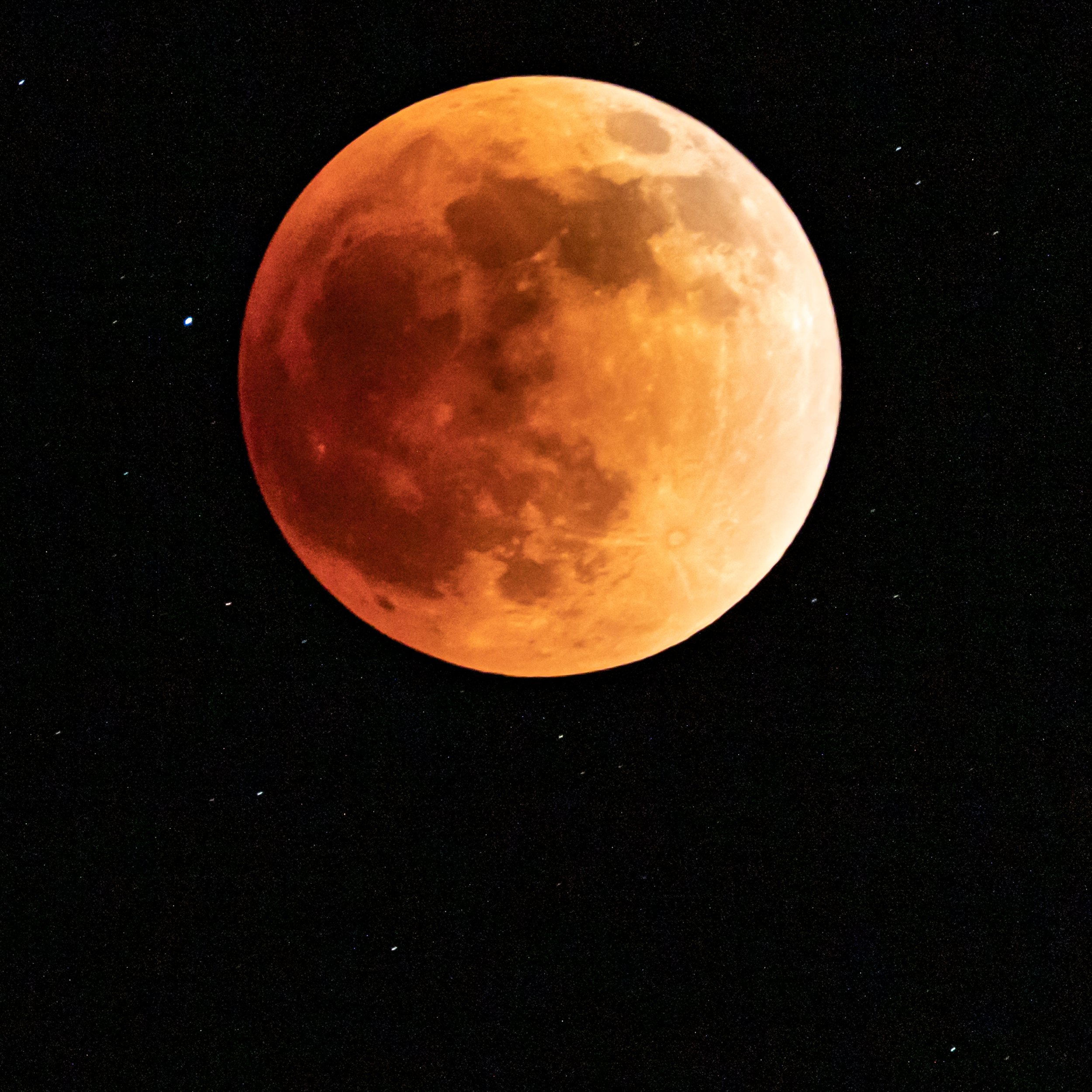How to Photograph a Total Lunar Eclipse
If you want to see a lunar eclipse, or learn how to photograph it, you’ve come to the right place! If you’re wanting to learn about the science behind lunar eclipses, you are not in the right place, and I recommend checking in with your favorite search engine, or Wikipedia is usually a good spot to start.
Total eclipse from Moab, UT on May 15th, 2022. Single Exposure: 600mm 🔹 F/6.3 🔹 1 sec. 🔹 ISO 1000
Casual Viewing
On average, a total eclipse will be visible from any given location about once every 2.5 years, so it’s a special event that I encourage everyone to see when they have the opportunity. They are safe to view without any special glasses and you don’t need any special equipment, though binoculars can certainly enhance your experience. While the viewing may be better far away from city lights, you really shouldn’t have any issue seeing it from your yard, even if in a big city. If you go outside during a total lunar eclipse, keep in mind that the moon will not be nearly as easy to spot as it normally is - it is in shadow after all, so it will be extremely dim. If you search the sky for the impressive blood moon that you’ve seen all the photos of, you’ll probably end up disappointed. In reality, essentially all of those images, including the ones on this page, are much brighter than the moon actually is during an eclipse. This is because photographers generally use a longer exposure to gather more light, and also post processing magic brightens them further. The moon will be so dim that it might prove difficult to locate unless you know roughly where to look in the sky. A great resource for that, as well as the timing for your location, is timeanddate.com. You can enter your city, and will be given a simulator for the eclipse, as well as listed times for the phases. It also gives the direction (North is 0, East is 90, South is 180, West is 270), and altitude (0 is the horizon, 90 is straight up, and 45 is halfway between) so you can locate it from your position. If that sounds a bit complicated, alternatively you can use an augmented reality app to overlay the moon’s path with your phone’s camera view. Android users can use Moon Locator, and Iphone users Moon Tracker, which are both free and easy to use apps.
timeanddate.com is a great resource for knowing the when and where for the various phases of a lunar eclipse from your location. This image shows information for the November 8th eclipse from Moab, UT, be sure to enter your city once on the site.
Photographing the Blood moon
Depending on the timing of the eclipse, you might be lucky enough to capture it along with some natural or manmade features on the ground, such as mountains or city buildings. Today though, I’m going to assume we’re capturing the moon alone. As far as equipment goes, you should have a DSLR or mirrorless camera, ideally with a 300mm or greater lens, along with a tripod. For a more in depth look at equipment for moon photography, see my post on How to get Started with Moon Photography.
Be sure you are on manual focus, and check your shots to ensure During the total eclipse, the moon will have a reddish tint. Because the moon is so dim though, it presents a challenge for photographers. You’ll need to do a longer exposure to capture more light, and in doing so you will lose some detail or “crispness” of the moon. If your exposure is too long, you could lose the details all together and you’ll end up with a reddish disc or orb. As always, there’s no answer for the correct settings because of various factors, including your equipment, but assuming clear skies, a good starting point is ISO 800, a shutter speed of 1 second, along with the lowest Fstop value you can for your lens. If it needs to be brighter, you can lengthen the shutter speed, just be aware that much slower than a second and you won’t get many details of the moon. It is a balance of trade offs, but I’m usually willing to sacrifice introducing more noise with a higher ISO.
Total lunar eclipse in Phoenix, AZ on Jan 31st, 2018. Single Exposure: 500mm 🔹 F/6.3 🔹 1 sec. 🔹 ISO 6400
Everything mentioned here is for total eclipse. If you want to capture the partial phases before and after totality though, there are some other challenges since part of the moon is extremely dim, while the part that is not in shadow is quite bright. Settings will vary throughout the phases, so it will really just be a matter of trial and error, but I recommend increasing your shutter speed a bit, and you may also want to bring the ISO down some, otherwise the bright part of the moon will be blown out. As always, don’t be afraid to experiment. Happy shooting!
Partial eclipse from Arches National Park, UT, on May 15th, 2022. Single Exposure: 260mm 🔹 F/6.3 🔹 0.3 sec. 🔹 ISO 125



